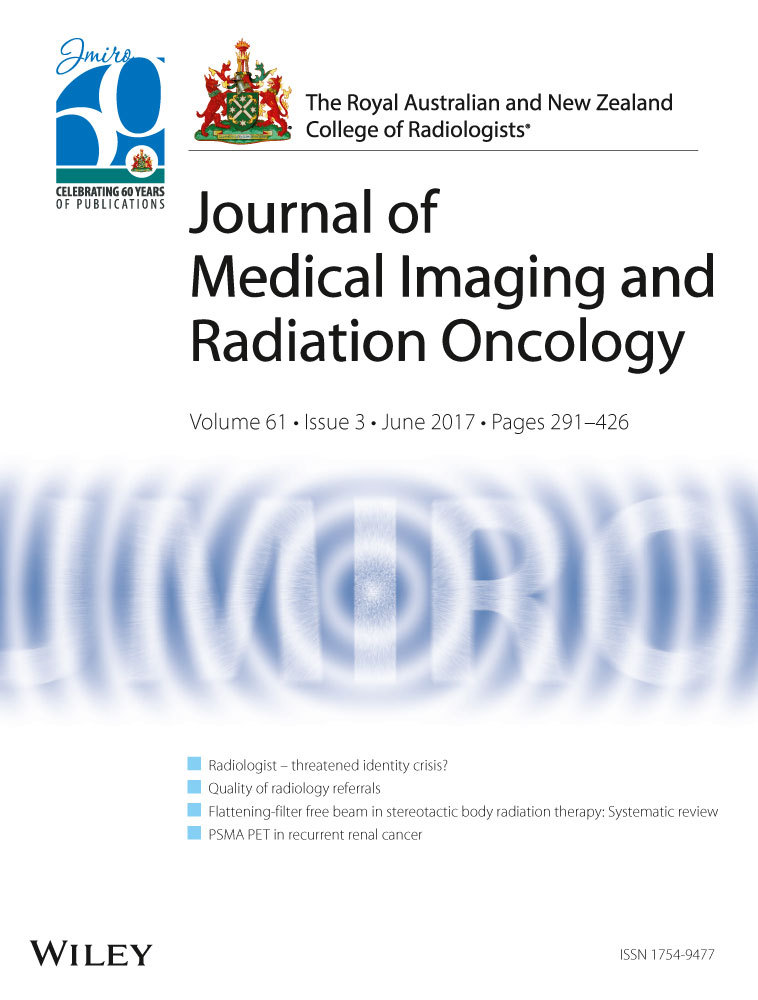Bilateral thalamic lesions: A pictorial review
Summary
Bithalamic lesions are uncommon, however, both focal and systemic disorders may present bilateral abnormalities in the thalamus in different acute and chronic clinical situations. Neuroimaging, in particular magnetic resonance imaging, plays an essential role in diagnostic approach. Imaging features such as signal alterations, diffusion restriction or contrast enhancement are helpful in characterization of these abnormalities. The location of the lesions may provide key information because some pathologies typically involve a certain part of the thalamus. In addition to thalamic findings, neuroimaging findings in other parts of the brain associated with the clinical and laboratory information should be taken into account to make a correct diagnosis.




